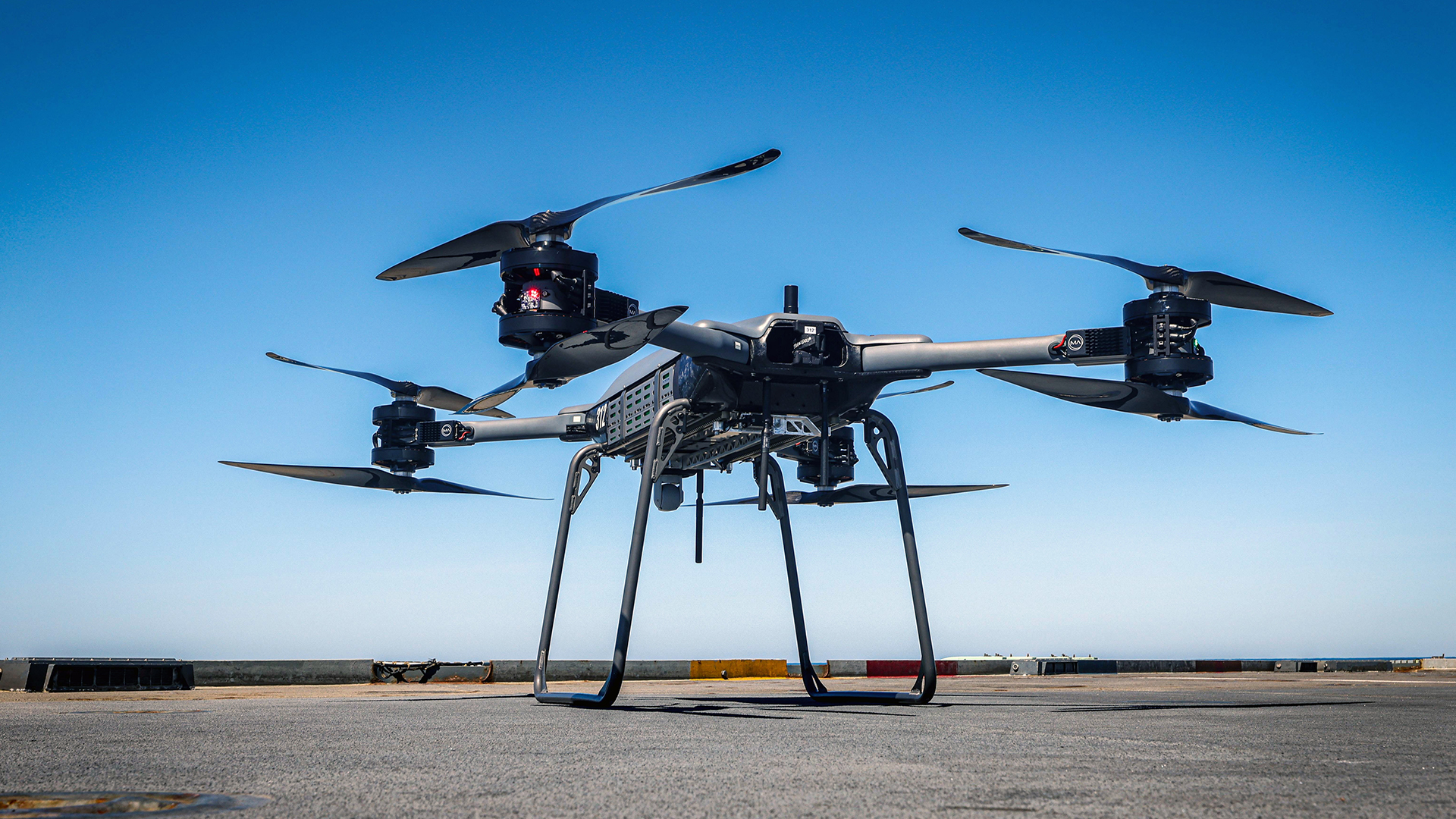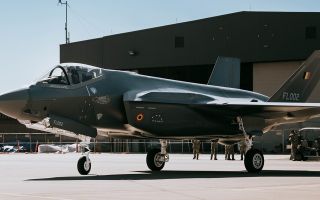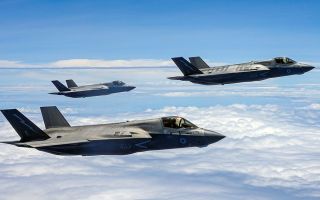Zero misses: Drone's unguided rockets turned into precision-guided munitions
A British uncrewed aerial vehicle has proven its worth as a potential low-cost missile platform, having successfully engaged a number of air and ground targets.
The TRV-150, a modified version of BAE Systems' Malloy T-150 heavy lift drone, was pitted against an "enemy" UAV and ground vehicle during trials in the United States.
The missiles found their targets thanks to the APKWS laser-guidance kit that was mounted to the multi-rotor Malloy drone.
BAE Systems pointed out how the test marked a major step forward in the development of a low-cost strike and counter-UAS option for frontline forces.
The company's missile guidance systems have been used on fixed-wing and rotary combat aircraft, including the F-16 Fighting Falcon, F/A-18 Hornet and AH-64 Apache.
BAE Systems official Anthony Gregory said: "Uncrewed systems are an increasingly important part of our customers' arsenals.

"I'm delighted that we've been able to show how UAS technology can further help them maintain an edge on the ever-evolving modern battlefield.
"These trials have significantly advanced our ability to deliver this new tactical option at a fraction of the cost of conventional means, showcasing that we continue to address the challenges of tomorrow through innovation and collaboration."
The tests took place at the Dugway Proving Ground, which describes itself as the US Army's premier science and test facility in Utah.
The TRV-150 was developed from the T-150 to meet a US Marine Corps requirement.

BAE Systems said its engineers in the UK provided weapons integration knowledge and experience to integrate the APKWS guidance kit.
This transforms unguided rockets into precision-guided munitions.
It said the tests exceeded expectations in all aspects, including platform performance and target engagements, with zero misses.








